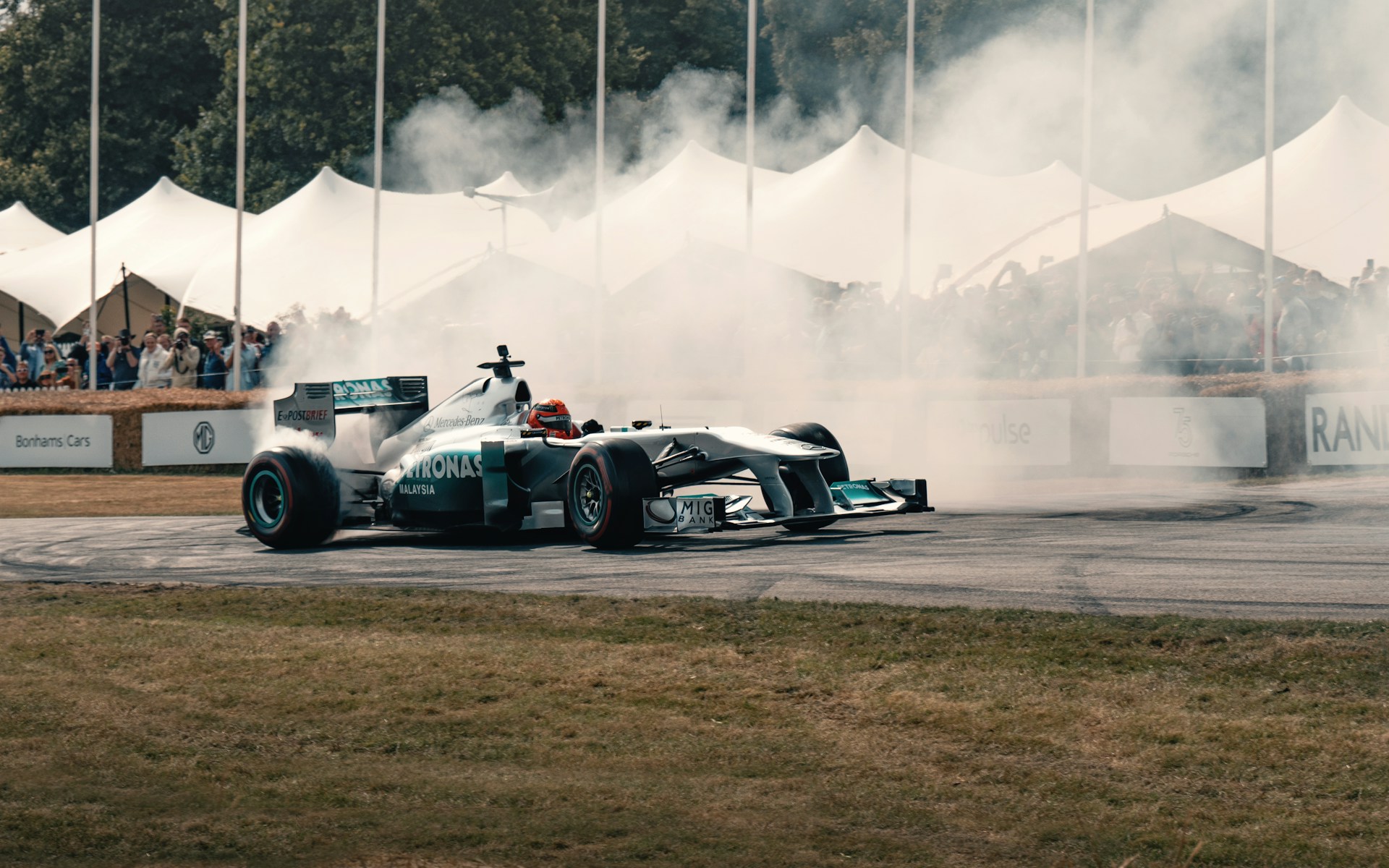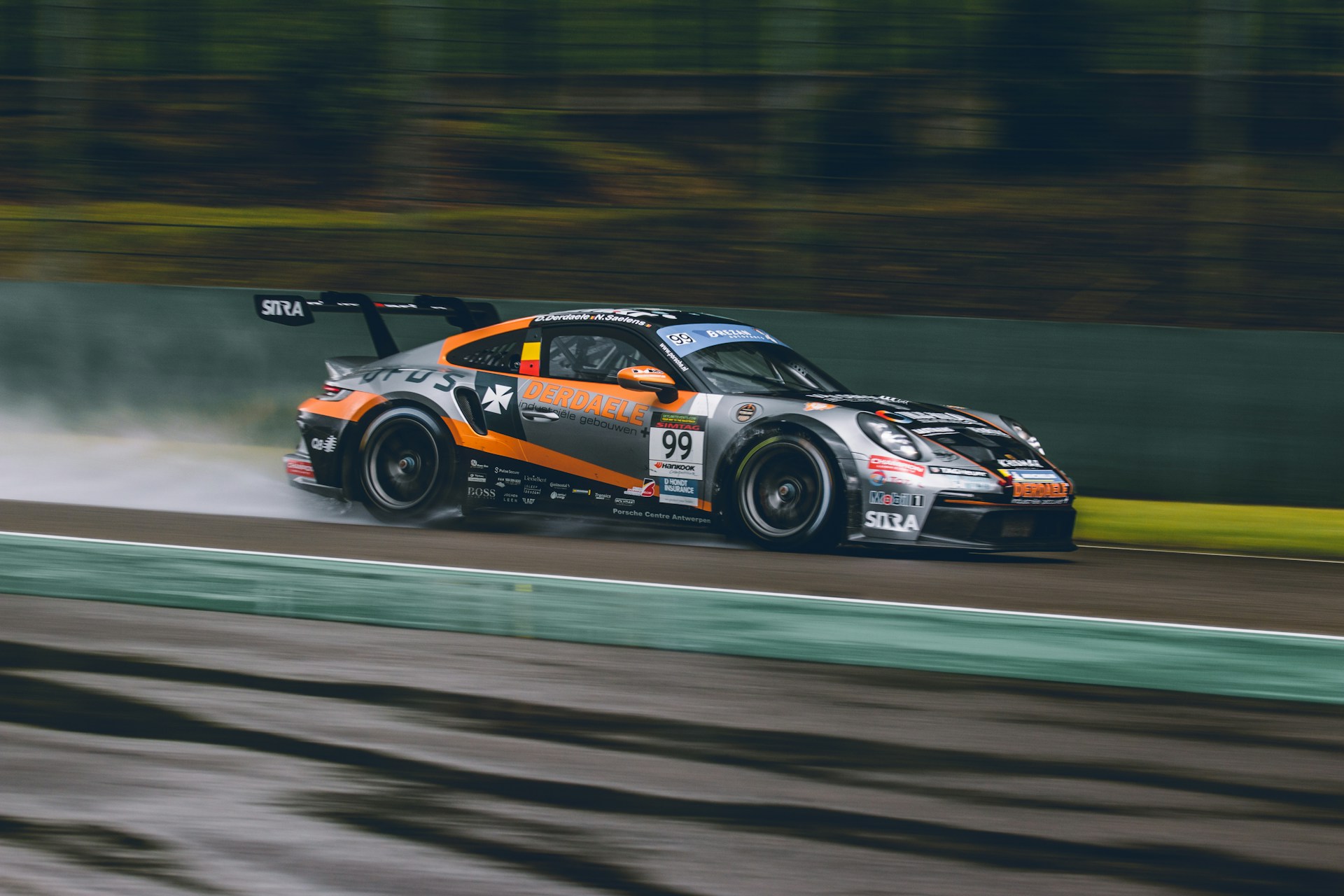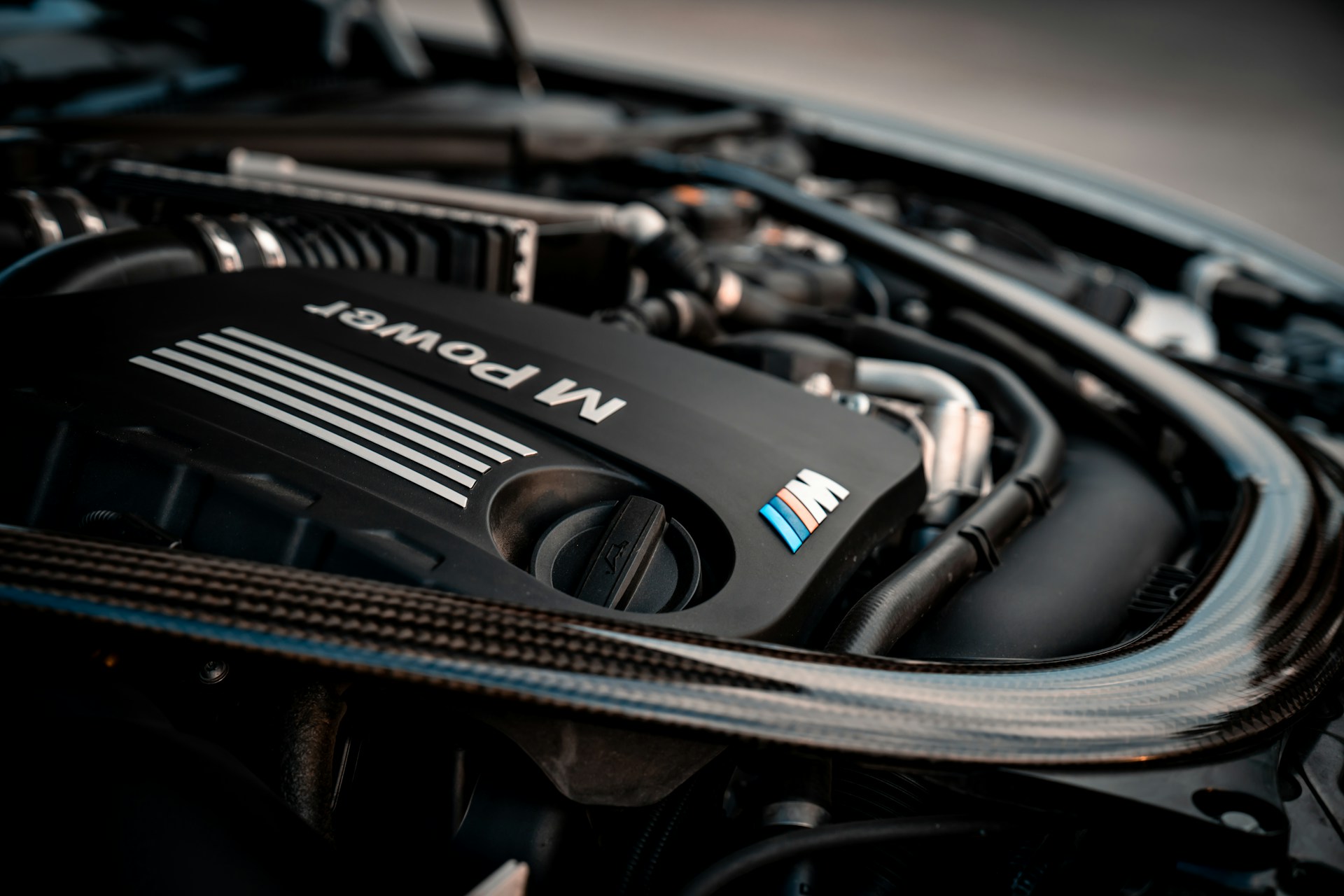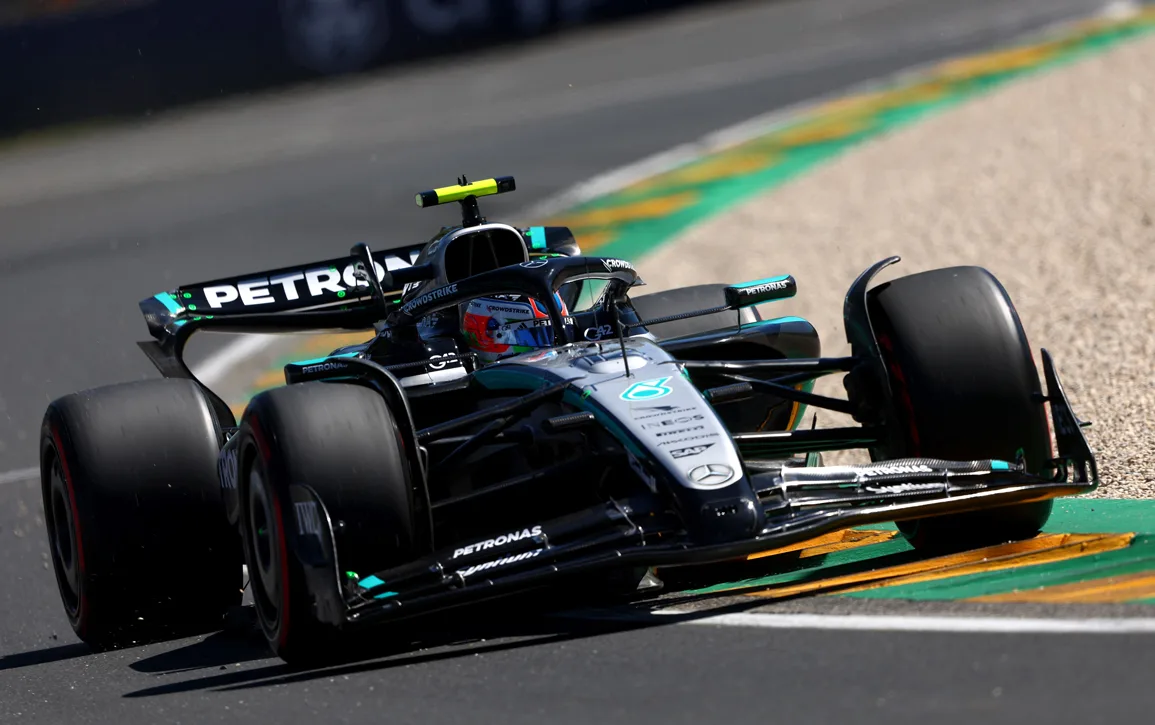
The roar hits you first. A high-pitched scream, metallic yet alive, echoing off grandstands. Then the blur of color: red, silver, blue, orange, cars slicing corners at 200 miles per hour, drivers inside threading millimeters between glory and disaster. Formula 1 is often called “the pinnacle of motorsport.” But really, it’s the pinnacle of something bigger—human obsession with speed, risk, and spectacle.
Across 23 countries, from the streets of Monaco to the deserts of Bahrain, Formula 1 isn’t just racing—it’s theatre, science, and culture on wheels. It’s billion-dollar engineering battles disguised as sport. It’s political drama played out through sponsorships, national pride, and rivalries. And it’s fandom that stretches from Ferrari ultras in Italy to teenagers watching Drive to Survive on Netflix in Brazil or South Korea.
Formula 1 is not just cars going in circles. It’s the story of humanity’s thirst for speed, innovation, and identity.

Origins: Dangerous Beginnings
To understand Formula 1’s DNA, you have to start in post-war Europe. The first official Formula 1 World Championship took place in 1950, but the roots stretched back further—Grand Prix racing in the 1920s and 30s, when Alfa Romeo, Mercedes, and Maserati tested the limits of both man and machine.
Those early years were lethal. Safety was an afterthought. Cars had fragile frames, tires prone to bursting, and fuel tanks that could ignite with a spark. Helmets were little more than leather caps. Drivers like Juan Manuel Fangio and Alberto Ascari raced with one hand on the steering wheel and the other flirting with death.
Fans loved it. Danger was the spectacle. Crowds lined circuits with no barriers between themselves and cars traveling faster than anything else on land. Formula 1 was gladiator sport, written in fire and smoke.
The Culture of Risk
For decades, death was part of Formula 1. In the 1960s and 70s, drivers accepted the unspoken contract: a one-in-three chance of dying in their career. Jim Clark, Graham Hill, Jochen Rindt—all champions, all lost too soon.
But out of tragedy came culture. Drivers became folk heroes, symbols of courage and fatalism. Fans worshipped their bravery, seeing them not just as athletes but daredevils taming machines beyond imagination.
That culture began to shift with figures like Jackie Stewart, who campaigned for safety reforms after seeing too many friends die. Today, Formula 1 is statistically safer than ever, thanks to innovations like the halo cockpit device and advanced crash barriers. But the aura of risk still lingers—the sense that what you’re watching is always on the knife’s edge.
The Engineering War
Formula 1 isn’t just about drivers. It’s about teams—constructors locked in an arms race of engineering genius.
Every car is a laboratory on wheels. Aerodynamics, fuel efficiency, tire strategy, and hybrid power units—all tuned for fractions of seconds. Hundreds of millions of dollars go into designing wings that shave milliseconds, engines that balance power with sustainability, and pit-stop choreography that can change four tires in under two seconds.
Ferrari, McLaren, Mercedes, Red Bull—these are not just racing teams. They are global brands, tech innovators, and status symbols. Winning isn’t just about glory—it drives car sales, national pride, and billions in sponsorships.
Formula 1 is the only sport where engineering and athleticism are co-equal stars.

Rivalries that Shaped Eras
F1 history is punctuated by rivalries that transcended the track:
-
Ayrton Senna vs. Alain Prost (1980s–90s): Brazil vs. France, fire vs. ice. Their clashes at Suzuka are legendary, symbolizing two philosophies of racing.
-
Michael Schumacher vs. Everyone (1990s–2000s): The German’s dominance with Ferrari made him both beloved and hated, turning F1 into global drama.
-
Hamilton vs. Rosberg (2010s): Childhood friends turned bitter enemies at Mercedes, a rivalry so personal it felt Shakespearean.
-
Hamilton vs. Verstappen (2021): A season finale in Abu Dhabi so controversial it rewrote F1’s rulebook.
Rivalries give Formula 1 texture. They turn engineering battles into human stories of ambition, betrayal, and redemption.
The Business of Formula 1
Behind the roar of engines is a financial empire. Formula 1 is a global industry worth over $20 billion, owned today by Liberty Media. Revenue comes from broadcasting rights, sponsorships, and hosting fees—countries pay tens of millions for the privilege of a Grand Prix.
But money also shapes the sport’s politics. Rich teams like Mercedes and Red Bull can outspend smaller outfits like Williams or Haas. Sponsorship deals tie racing to oil companies, luxury brands, even nation-states. Saudi Arabia, Qatar, and Abu Dhabi use F1 to showcase “soft power” on the world stage.
Formula 1 is as much about boardrooms as pit lanes. The sport’s drama isn’t just on track—it’s also in negotiations, politics, and billion-dollar deals.
Circuits as Culture
Every Grand Prix track tells a cultural story.
-
Monaco: glamour, yachts, champagne. The race itself is processional, but the spectacle makes it immortal.
-
Silverstone (UK): the birthplace of Formula 1, where the roar feels sacred.
-
Monza (Italy): Ferrari’s cathedral. When a red car wins, the Tifosi flood the track in tears and triumph.
-
Suzuka (Japan): a technical masterpiece loved by drivers and fans.
-
Singapore: night lights and humidity—Formula 1 as futuristic theatre.
Each race is both sport and cultural festival, blending local identity with global spectacle.
The Rise of Global Fandom
For decades, Formula 1 was European-dominated. That changed as races spread to Asia, the Middle East, and the Americas. Today, you’ll find hardcore F1 fans in Mexico, Australia, China, and South Africa.
What accelerated this global wave was Netflix’s Drive to Survive. The docuseries peeled back the curtain, showing drivers as flawed, ambitious humans and teams as soap operas of power and politics. Suddenly, people who had never watched a race became invested in Daniel Ricciardo’s smile, Günther Steiner’s swearing, or Toto Wolff’s boardroom battles.
Formula 1 fandom now transcends petrolheads. It’s cultural drama—real life, unscripted, and addictive.
Culture Beyond the Track
Formula 1’s influence extends far beyond racing.
-
Fashion: Lewis Hamilton walks catwalks as much as pit lanes, blending sport and style.
-
Politics: Nations use F1 to project modernity and power.
-
Technology: Hybrid power units, advanced aerodynamics, and safety features trickle down into road cars.
-
Identity: Supporting Ferrari in Italy or McLaren in the UK is as much cultural allegiance as sporting choice.
Formula 1 is culture in motion.
The Future of Formula 1
As the world shifts to sustainability, Formula 1 faces a crossroads. Critics argue the sport burns fuel and resources in a climate crisis. In response, F1 pledged to be carbon neutral by 2030, with new fuels and greener technologies. Electric Formula E exists, but it lacks the spectacle F1 carries.
The bigger question is cultural: can Formula 1 preserve its gladiatorial soul while adapting to new values? Can it balance billion-dollar business with fan loyalty? And as AI, automation, and data dominate car design, how much of the sport will remain about the human at the wheel?
Bottom Line
Formula 1 is more than racing. It is speed as theatre, engineering as competition, and culture as spectacle. It tells stories of risk, money, rivalry, and identity. It is Monaco glamour and Monza passion, billion-dollar boardrooms and pit-stop miracles, Netflix drama and ancient tradition.
At its core, though, Formula 1 is about one simple, eternal human truth: the need to go faster, to test limits, to risk everything for glory. From Fangio to Hamilton, from Silverstone to Singapore, it remains humanity’s grandest chase.

